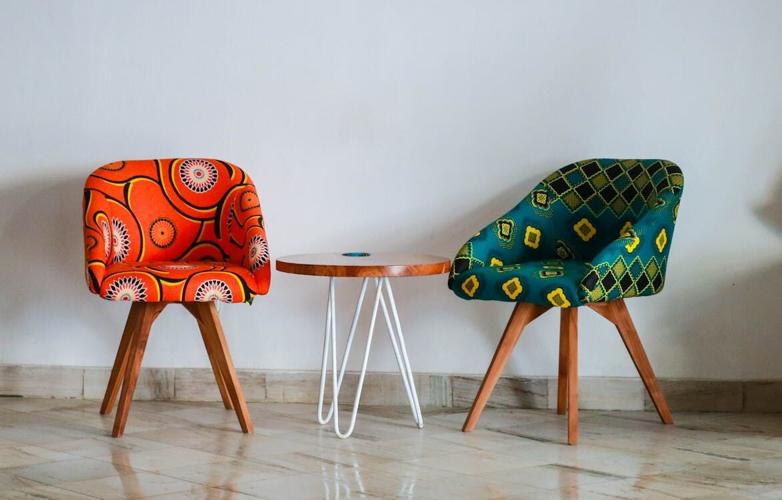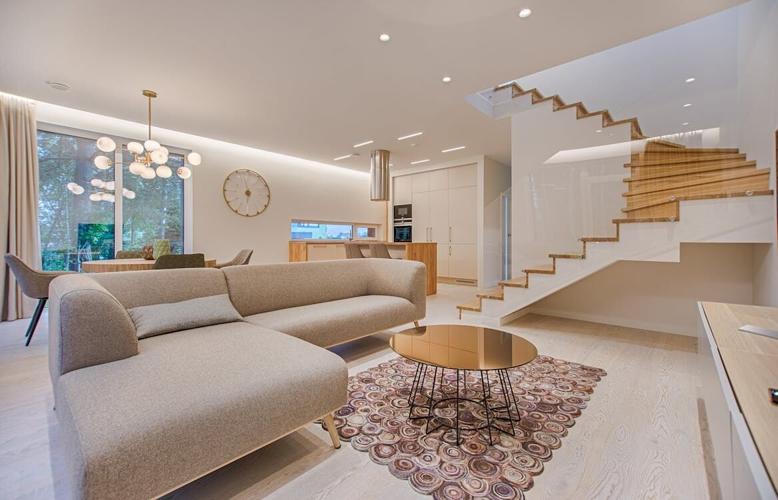Choosing furniture is about understanding materials, their benefits, and how they fit into your lifestyle. As consumers become more aware of sustainability and functionality, the options for furniture materials have expanded significantly. From traditional wood to advanced synthetic materials, each option has its advantages and challenges. This article explores various furniture materials to help you make informed decisions.

Understanding Common Furniture Materials
The choice of materials can significantly affect the longevity and appeal of furniture. Solid wood stands out due to its durability and timeless charm. Different types of wood, like oak or maple, vary in appearance and in robustness and maintenance requirements. Engineered wood offers an economical alternative, combining several layers to create a sturdy and versatile product. Its resistance to warping and cracking makes it suitable for various furniture designs. Metal is another popular choice, often seen in modern furniture. Steel or aluminum frames can provide a sleek aesthetic while ensuring structural integrity.
Textiles introduce a soft touch to furniture design. Natural fabrics like cotton and linen are breathable and often more sustainable, while synthetic fibers can add durability and stain resistance. Leather, particularly the kind made from natural cowhide, has gained popularity for its luxurious feel and unique appearance. People appreciate the character each piece brings, making it a favored choice for statement furniture.
Eco-Friendly Furniture Materials
As environmental concerns grow, eco-friendly materials have become a focal point for many shoppers. Bamboo has emerged as an attractive choice due to its rapid growth and structural strength, making it a sustainable option for furniture makers. Reclaimed wood is another excellent material, offering a unique history while keeping new trees from being cut down. Products made from recycled materials, such as plastics or metals, contribute to reducing waste and promoting circular economies.
Many brands are now committed to using non-toxic finishes and adhesives in their furniture, creating healthier living spaces. Look for certifications like the Forest Stewardship Council (FSC) or GREENGUARD, which can help you identify more sustainable options. These certifications ensure that products meet specific environmental standards, providing peace of mind when investing in eco-friendly furniture.
The Benefits of Choosing Sustainable Materials
Opting for sustainable materials offers numerous benefits for the planet and the consumer. Products made from eco-friendly resources are often of high quality, ensuring durability and longevity. Customers often find that sustainable furniture can provide a unique aesthetic, reflecting the materials’ natural beauty. Investing in high-quality items means that they will not need replacement as frequently, saving money in the long run.
Many sustainable options have a lower environmental impact concerning manufacturing processes, making them more appealing to the environmentally conscious buyer. By choosing furniture with natural cowhide, people enjoy a richer and more distinctive atmosphere in their homes, while benefiting from both the durability and timeless elegance of natural materials. This addresses the desire for beauty and sustainability in furniture design.
Assessing Durability and Maintenance
When shopping for furniture, consider how much wear and tear the items will experience. Some materials require more maintenance than others. Solid wood furniture, while beautiful, needs regular care to keep its finish intact and prevent scratches. Alternatively, metal surfaces can provide greater resilience against damage, making them ideal for homes with children or pets.
Textiles vary in durability. While natural fabrics can be luxurious, they may not hold up as well in high-traffic areas compared to synthetic options. Choosing moisture-resistant materials can add to the longevity of furniture items, reducing the frequency of replacements. Understanding how various materials respond to environmental factors will help you select pieces that endure the test of time and use.
Balancing Aesthetics with Functionality
Finding a balance between aesthetic appeal and functionality is critical when shopping for furniture. While an elegant design may attract attention, consider its practicality in your everyday life. Furniture should complement your space and your lifestyle, providing comfort and utility alongside visual appeal.
Multi-functional furniture, such as sleeper sofas or ottomans with hidden storage, can enhance space efficiency without compromising style. Materials that offer both beauty and practical applications can elevate the design of a room, enhancing the user experience. A well-chosen piece can transform a room from merely functional to truly inviting.
Trendy Materials in Modern Furniture Design
Furniture trends are constantly evolving, offering exciting new materials for shoppers. Recent years have showcased a rise in the use of lighter woods, such as ash and birch, which lend a fresh and contemporary vibe to furniture. These woods are often used in minimalist designs, which continue to gain popularity in many urban settings.
Another emerging trend is the incorporation of mixed materials, where wood, metal, and textiles harmoniously come together to create unique designs. This flexibility allows for creative expression while appearing chic and modern. Many designers have embraced natural finishes that accentuate the inherent beauty of the material, favoring earthy tones over glossy varnishes.
Shopping Smartly: Tips for Selecting the Right Furniture
To ensure you make informed decisions when purchasing furniture, take time to research materials and their implications. Begin by assessing your style preferences and practical needs. Create a list of must-haves that cover aspects such as durability, maintenance, and function.
Visiting stores to experience materials first-hand can be invaluable. Feel the textures, examine the finishes, and compare colors in different lighting conditions. Keep sustainability in mind, opting for brands that prioritize eco-friendly practices and transparency about their sourcing and manufacturing processes.
The Importance of Brand Reputation
The brand behind your furniture choices can significantly impact your satisfaction with the product. Well-known brands may have established reputations for quality, while smaller companies might surprise you with unique offerings. Investigating reviews and customer feedback can give insights into the reliability and longevity of their products.
If possible, look for brands that prioritize transparency in their manufacturing processes, ensuring that ethical practices are followed. This consideration can help you feel more confident that your purchase is fashionable, socially responsible, and environmentally sound.

By weighing factors like durability, maintenance, and environmental responsibility, shoppers can find pieces that look beautiful and support long-term value. Whether it’s the timeless appeal of natural cowhide, the eco-friendly benefits of bamboo, or the modern versatility of engineered wood, selecting the right materials ensures furniture that enhances daily living while reflecting personal values. Thoughtful decisions today can create homes that are both inviting and sustainable for years to come.



(0) comments
We welcome your comments
Log In
Post a comment as Guest
Keep it Clean. Please avoid obscene, vulgar, lewd, racist or sexually-oriented language.
PLEASE TURN OFF YOUR CAPS LOCK.
Don't Threaten. Threats of harming another person will not be tolerated.
Be Truthful. Don't knowingly lie about anyone or anything.
Be Nice. No racism, sexism or any sort of -ism that is degrading to another person.
Be Proactive. Use the 'Report' link on each comment to let us know of abusive posts.
Share with Us. We'd love to hear eyewitness accounts, the history behind an article.